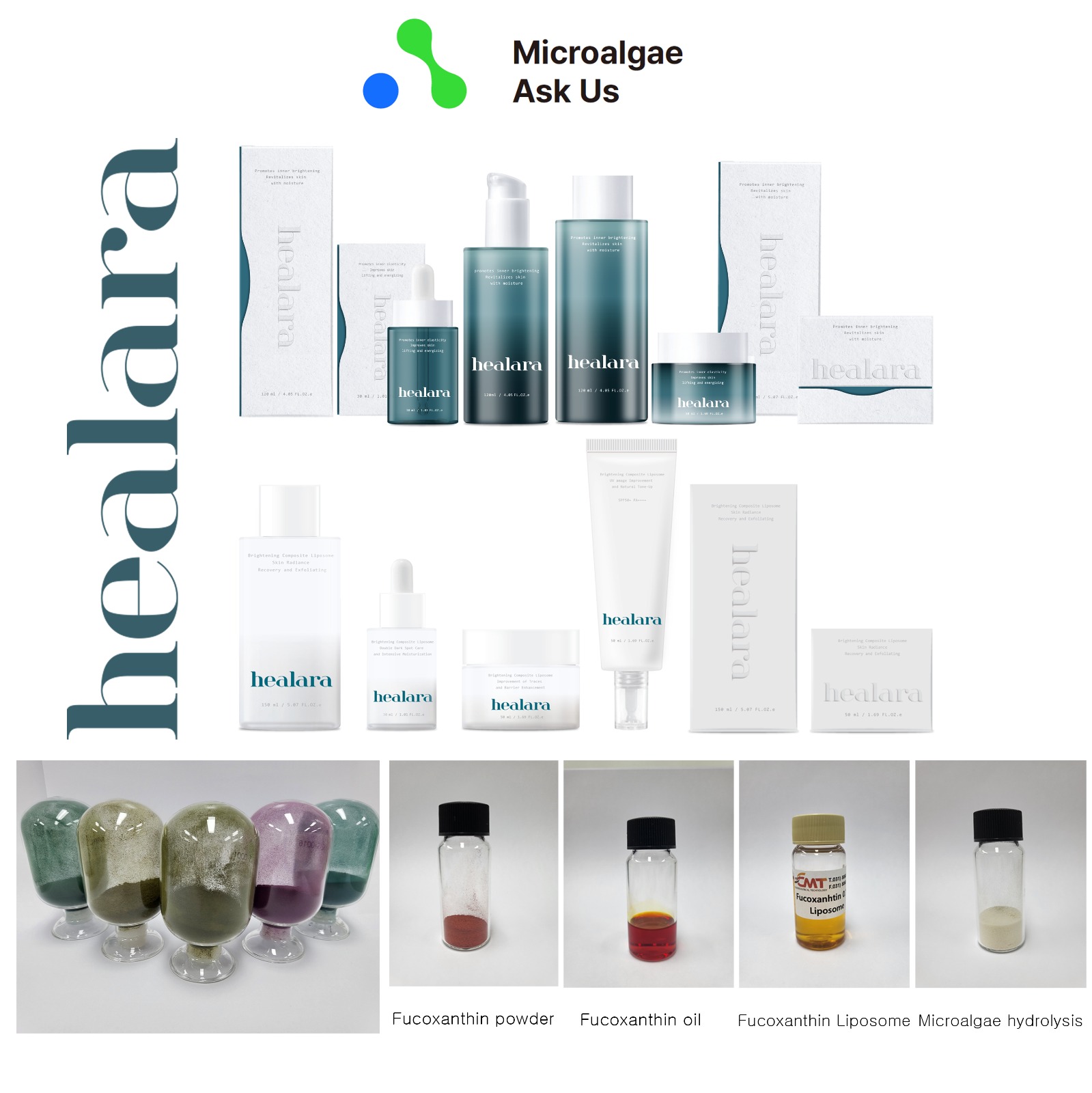Key Takeaways
- New research suggests that some areas on the moon’s poles may support microbial life, challenging the notion of a sterile lunar surface.
- NASA’s Artemis mission could risk contaminating these potentially habitable areas, complicating future studies for extraterrestrial life.
- Revised planetary protection policies may increase mission costs due to the need for enhanced sterilization measures.
Potential for Life on the Moon
Recent studies, led by Stefano Bertone at NASA Goddard Space Flight Center, have revealed that the lunar south pole may be more suitable for life than previously believed. This discovery raises concerns about the risks of contaminating the moon’s surface during space missions intended for exploration.
Traditionally, the moon has been viewed as a nearly sterile environment, primarily due to its lack of atmosphere and protective magnetic field, which expose it to high-energy particles, extreme temperatures, and harmful ultraviolet (UV) light. Consequently, the Committee on Space Research has categorized the moon, alongside Venus and comets, as having a “remote chance” of contamination affecting investigations for life.
However, Bertone’s research indicates that certain organisms, specifically resilient microbes such as black mould (Aspergillus niger) and bacteria like Staphylococcus aureus and Bacillus subtilis, might survive in specific areas around the lunar poles for extended periods. This finding is particularly relevant since NASA’s Artemis mission aims to explore these regions, posing a potential risk of contaminating environments that could yield false positives in the search for life.
During his presentation at the Europlanet Science Congress in Helsinki on September 12, Bertone emphasized the need for careful consideration of contamination risks. “We are going back to the moon. We will leave traces. We need more work to understand what kind of traces we will leave and how to minimize them,” he stated.
Bertone and his team conducted laboratory experiments testing the resilience of the five organisms to UV radiation and then created a map correlating their survival capacity with lunar conditions. The results showed that these organisms could endure exposure in well-lit areas outside the permanently shadowed regions on the moon, with black mould capable of surviving for up to seven days.
Stas Barabash from the Swedish Institute of Space Physics commented on the implications of the study, stating, “If there is a danger [of contamination], then certain actions should be taken, but also it should be understood that [such actions] will have economic consequences.” This indicates that future missions may face higher costs due to necessary sterilization protocols, complicating the planning and execution of lunar exploration ventures.
As the discussion surrounding planetary protection grows more critical, space agencies must navigate balancing exploration objectives with ethical responsibilities to protect celestial bodies. The findings open new avenues for understanding the moon’s environment and the potential for life, creating an urgency for updated protocols as human activity on the moon increases.
In summary, while the moon has been regarded as inhospitable to life, emerging research suggests certain areas could allow survival for some microorganisms. This poses significant implications for upcoming missions, highlighting the importance of stringent planetary protection measures to avoid contaminating these regions and misleading future scientific research.
The content above is a summary. For more details, see the source article.















